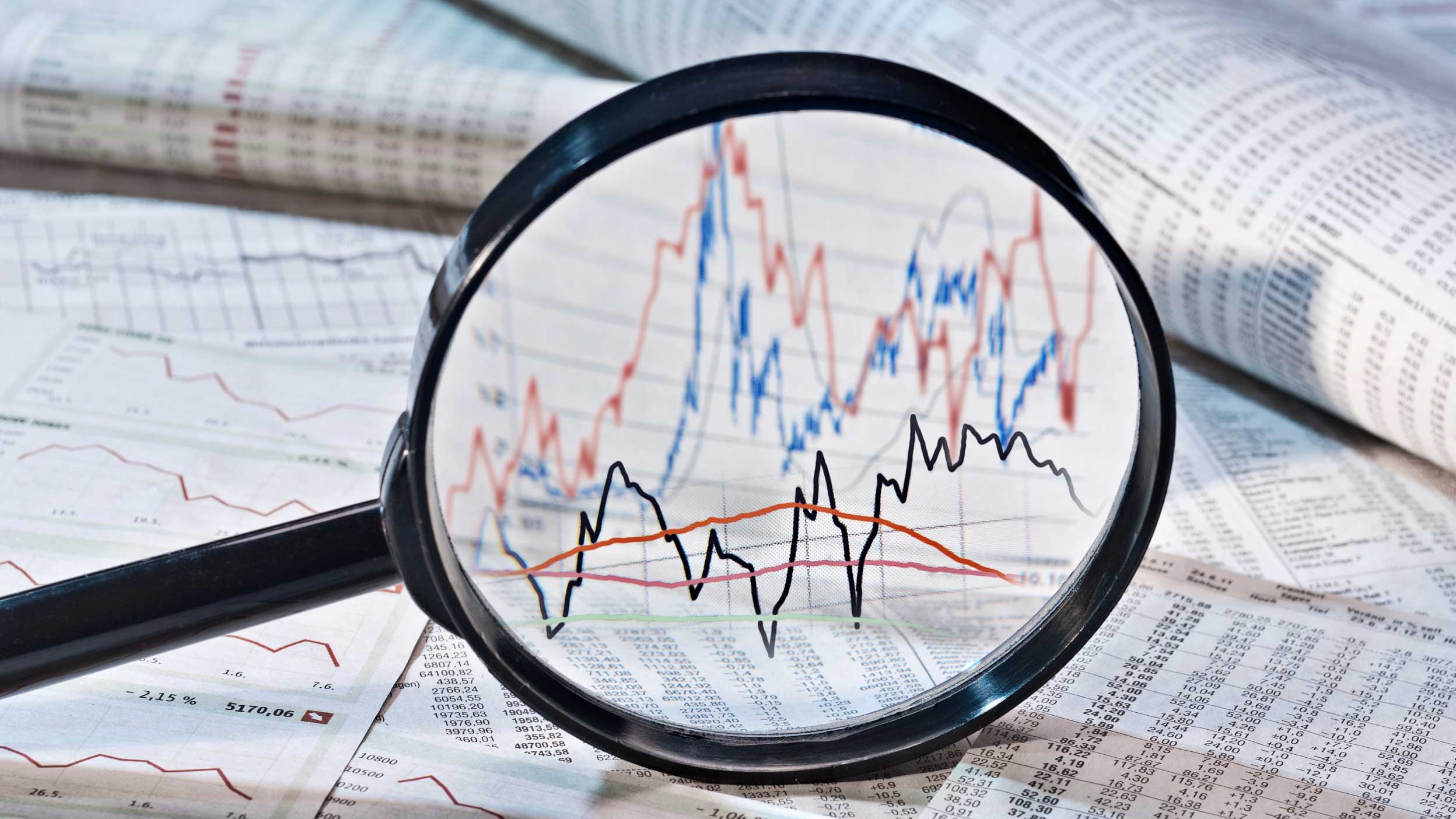
ETF Fixed Income ETFs
ETFs can offer convenient access to broad and diversified baskets of bonds at a low cost. Discover our range of fixed income ETFs.

March saw economic and geopolitical uncertainty prevailing, with concerns about future US trade policy increasing.
Net inflows into fixed income ETFs stalled in March, as investors favoured allocations to cash while selling credit, given the increasing uncertainty.
Investors are likely to keep their powder dry by continuing to favour ‘safe-haven’ asset classes in the near term, although wider credit spreads could start to attract the attention of some investors.
Bond markets performed poorly in March, largely driven by concerns about the potential impact of US policy in coming months. Euro-denominated government bonds were the worst performer as President Trump indicated the US may provide less support for the defence of Europe going forward. The implication of this is that European governments will need to increase defence spending, largely funded by higher debt issuance, which had the impact of driving yields higher.
Indeed, during the month, the German government relaxed their strict fiscal rules to allow higher spending on defence, which kept upward pressure on German government bond yields. Credit spreads also widened over the month as concerns about tariffs and global trade caused markets to trade with a risk-off tone. Having already announced some targeted tariffs, President Trump indicated that he intends to announce a much broader set of tariffs in early April.
Given the uncertainty about the extent of these tariffs and their impact on trade and global growth, equity markets fell during March. The US led the decline, while European markets held up slightly better due to expected increases in government spending in the region. Similarly, for credit markets, it was spreads on USD-denominated investment grade and high yield that widened by more than those for EUR-denominated markets.
However, given the rise in eurozone government bond yields, European credit still underperformed the US in total return terms. The US Treasury market ended the month slightly up, as short-end yields rallied on concerns that tariffs would lower growth. Meanwhile, AAA CLOs in both USD and EUR continued to show resilience in the face of increasing uncertainty, providing positive returns for the month.
Source: Bloomberg, Invesco as at 31 Mar 2025
In March, net inflows into fixed income ETFs were subdued, with NNA of just $0.5bn. The risk-off tone, driven by uncertainties about US trade policy and difficulties in negotiating resolutions to ongoing conflicts in Ukraine and the Middle East, meant that cash was king. Indeed, cash management ETFs were the only category to see material inflows over the month, taking in $3.5bn.
Meanwhile, there was heavy selling across credit markets. Investment grade credit (-$1.5bn) led the outflows, followed by high yield (-$0.6bn). Aggregate (-$0.5bn), government bond (-$0.4bn) and China Bond (-$0.4bn) ETFs also experienced outflows as investors waited for more clarity about President Trump’s policies on trade and their likely impact on the global economy.
Source: Bloomberg, Invesco, as at 31 Mar 2025
Uncertainty prevails. Following the significant news flow in February, which included heightened economic and geopolitical concerns, March felt like a month with fewer policy announcements but increasing speculation and uncertainty about future policies from the Trump administration. The uncertainty about trade policy and its impact on global growth caused markets to trade with a risk-off tone throughout the month.
At the time of writing, the market is still awaiting announcements on tariffs, which are likely to determine the direction of markets in the near term. If the policy announcements are perceived as having a bigger impact on growth than currently anticipated, then US Treasury yields, which are currently trading close to the lowest levels of the year, are likely to rally while credit spreads could widen further. However, if tariffs are less stringent than expected, then risk assets could get a boost while risk-free rates rise.
Meanwhile, uncertainty remains over the ongoing conflicts in the Middle East and between Russia and Ukraine. Regardless of how those situations progress, it has become clearer that Europe needs to invest more heavily in defence, which could be relatively more beneficial for the outlook for the European economy versus the US. However, the number of known unknowns and unknown unknowns (to paraphrase the late Donald Rumsfeld) may cause investors to remain defensively positioned in the coming months until there is more clarity over the outlook
March saw investors become increasingly cautious in their fixed income allocations, with net inflows focused on cash management ETFs while selling both investment grade and high yield credit. While the outlook remains highly uncertain, investors are likely to continue to allocate to ‘safe-haven’ asset classes. However, the risk-off theme has driven credit spreads wider with valuations now looking less expensive than the levels seen in recent months. While it may be a little early for investors to start adding risk, in our opinion, credit markets are beginning to look more attractive. Any further widening could start to tempt investors to increase risk once more, particularly if the economic outlook starts to look more positive.
Source: Bloomberg, as at 31 Mar 2025.

Each month, our experts share their views on the emerging market (EM) local debt asset class. Read their outlook and discover which markets they believe are presenting the most attractive opportunities.

In our regularly updated macroeconomic analysis we offer an outlook for interest rates and currencies – and look at which fixed income assets are favoured across a range of market environments.

Rhys Davies explains why the world's bond markets, significantly larger than equities, are becoming exciting again. He explores the case for high-yield bonds in a falling interest rate environment.
The value of investments and any income will fluctuate (this may partly be the result of exchange rate fluctuations) and investors may not get back the full amount invested.
All data and charts sourced from Invesco, Bloomberg, as at 31 March 2025, unless otherwise stated. All figures in USD.
This is marketing material and not financial advice. It is not intended as a recommendation to buy or sell any particular asset class, security, or strategy. Regulatory requirements that require impartiality of investment/investment strategy recommendations are therefore not applicable nor are any prohibitions to trade before publication.
Views and opinions are based on current market conditions and are subject to change.
Israel: This document may not be reproduced or used for any other purpose, nor be furnished to any other person other than those to whom copies have been sent. Nothing in this document should be considered investment advice or investment marketing as defined in the Regulation of Investment Advice, Investment Marketing and Portfolio Management Law, 1995 (“Investment Advice Law”). Neither Invesco Ltd. nor its subsidiaries are licensed under the Investment Advice Law, nor does it carry the insurance as required of a licensee thereunder.
EMEA4373065/2025